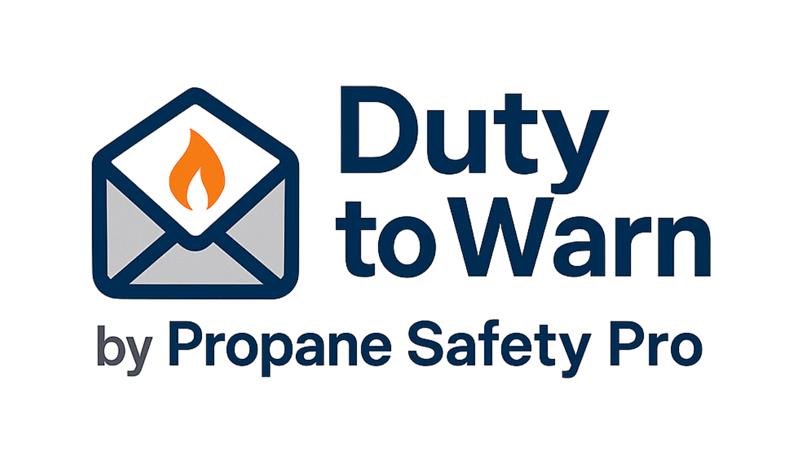Safeguarding Physical and Digital Infrastructure: Enhancing Security Measures

In the propane industry, security risks abound, necessitating a comprehensive approach to protect both physical and digital assets. From complying with transportation regulations to addressing cyber threats, prioritizing security is vital to safeguarding business continuity, financial stability, and the well-being of employees and customers.
Securing Physical Infrastructure
Physical security encompasses safeguarding facilities, equipment, and data from unauthorized access while facilitating authorized entry. While elements like fencing, gates, and locks are commonly associated with physical security, it is crucial to recognize the importance of protecting equipment and data as well. A comprehensive physical security plan should incorporate the following considerations:
1. Site layout: Design facilities with security in mind, ensuring proper placement of equipment and implementing access control measures.
2. Reliable power: Establish reliable power sources and backup systems to prevent disruptions in security systems.
3.Emergency response: Develop protocols and procedures to promptly address emergencies, ensuring personnel and assets’ safety.
4. Intrusion detection: Implement effective intrusion detection systems, including surveillance cameras, alarms, and monitoring mechanisms.
Organizations should also consider storing data off-site or at multiple locations with backup data to mitigate risks, minimizing the impact of physical incidents such as accidents, power failures, or natural disasters.
Enhancing Cybersecurity
Cybersecurity focuses on protecting data, networks, and programs from digital attacks. Cybercriminals exploit vulnerabilities in software and hardware using tactics like malware, hacking, and ransomware. To strengthen cybersecurity, companies should adopt the following practices:
1. Protection: Employ robust cybersecurity measures, including firewalls, encryption, and secure network configurations, to prevent unauthorized access.
2. Identifying threats: Stay vigilant and proactively monitor for potential threats, employing tools and techniques that detect and analyze suspicious activities.
3. Detection: Implement systems and procedures to identify and respond to cybersecurity incidents promptly, minimizing potential damages.
4. Recovery: Develop comprehensive backup and recovery strategies to restore data and operations in the event of a cyberattack.
5. Response: Establish an incident response plan that outlines actions to be taken during a cybersecurity incident, enabling swift and effective response and minimizing downtime.
Maintaining up-to-date antivirus software, focusing on regular password updates, and engaging skilled professionals are essential elements of a robust cybersecurity defense plan. It requires ongoing effort and a cultural commitment to security across the organization.
Utilize the resources provided by the Cybersecurity and Infrastructure Security Agency (CISA) at cisa.gov to access best practices and guidance on shielding against ransomware, malicious code, and other cyber threats.














